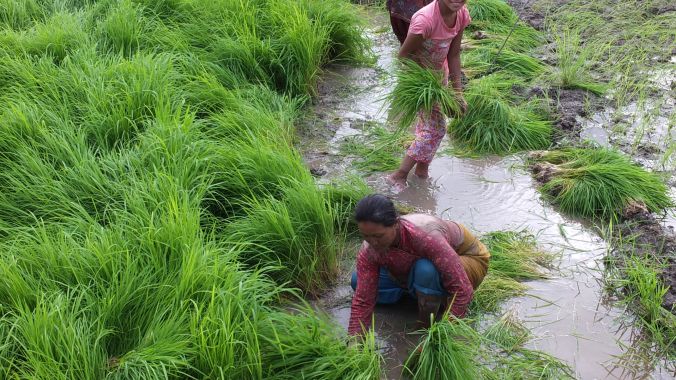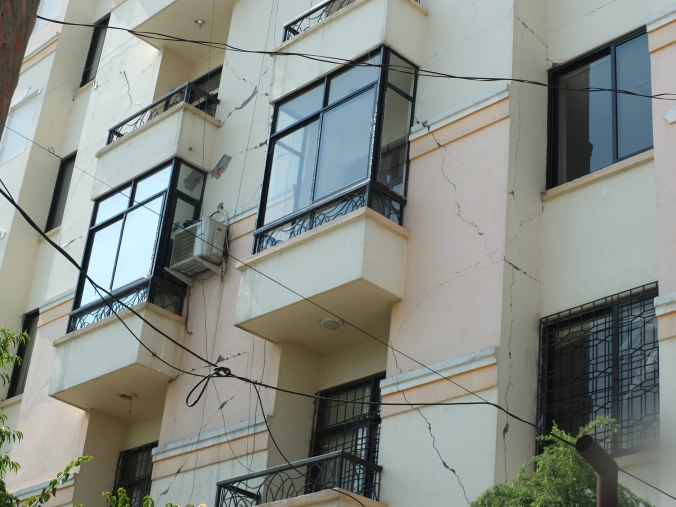
When I think about Earth Day, my strongest memories come from our time in Nepal and the opportunity I had to connect with many Nepali schools on the subject of the environment. In Nepal something like 40% of its population is under the age of 25. In recent years, private schools have sprung up all over Kathmandu in response to this rise in the youth population and the exceedingly poor education offered in public schools. Some private schools are better than others, but some are outstanding, offering education in English and Nepali, and include environmental issues in their curriculum. After the economic growth of the last twenty years, so many developing countries are now knee deep in trash and pollution, and there is a whole generation of young people who think that trashed filled rivers and polluted air are normal. Kathmandu is no exception. Education in understanding how to preserve the environment and build a more ecologically-friendly city is an important start to raising environmentally aware adults of the future.
I visited many of schools while I was there, learning about their eco-clubs and recycling efforts, participating in environmental projects with them and teaching “upcycling” as a creative way of making use of waste. Of course, through necessity, poor countries know more about upcycling than their first world counterparts, but plastic particularly is seen as just trash that needs to be burnt.
Above: Learning how to make useful items out of plastic bottles. I showed them a technique on how make storage containers and vases and then challenged them to come up with their own ideas.
Above: An Eco Club exhibit at a school outside of Kathmandu. The kids came up with allsorts of decorative and practical ideas.
Lastly, one organization collected clean wrappers from packaged food and trained women how to weave them into recyclable products such as colourful baskets and bags, which were sold to tourists to create a livelihood project in the local community.
https://dailypost.wordpress.com/photo-challenges/earth-2017/



































